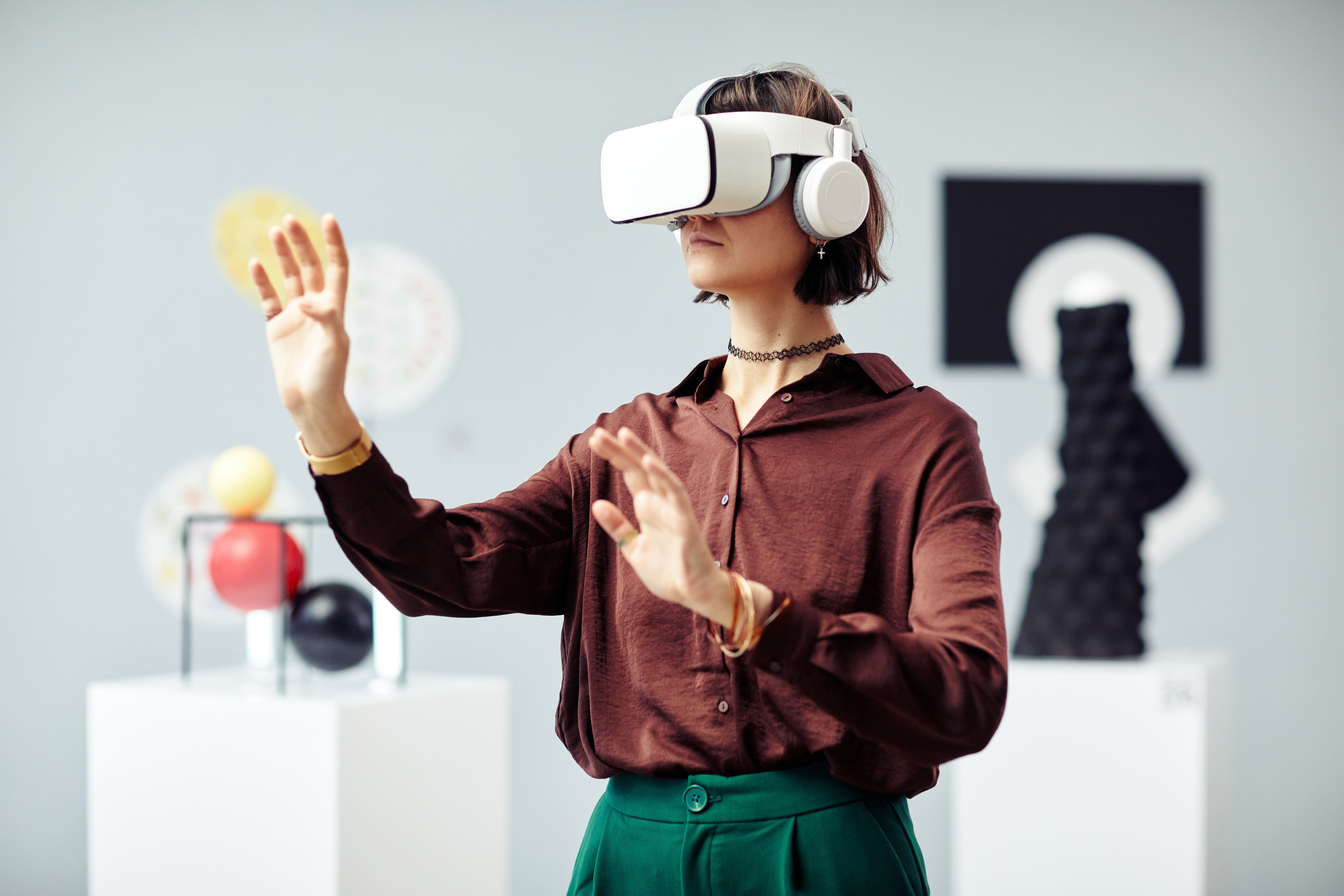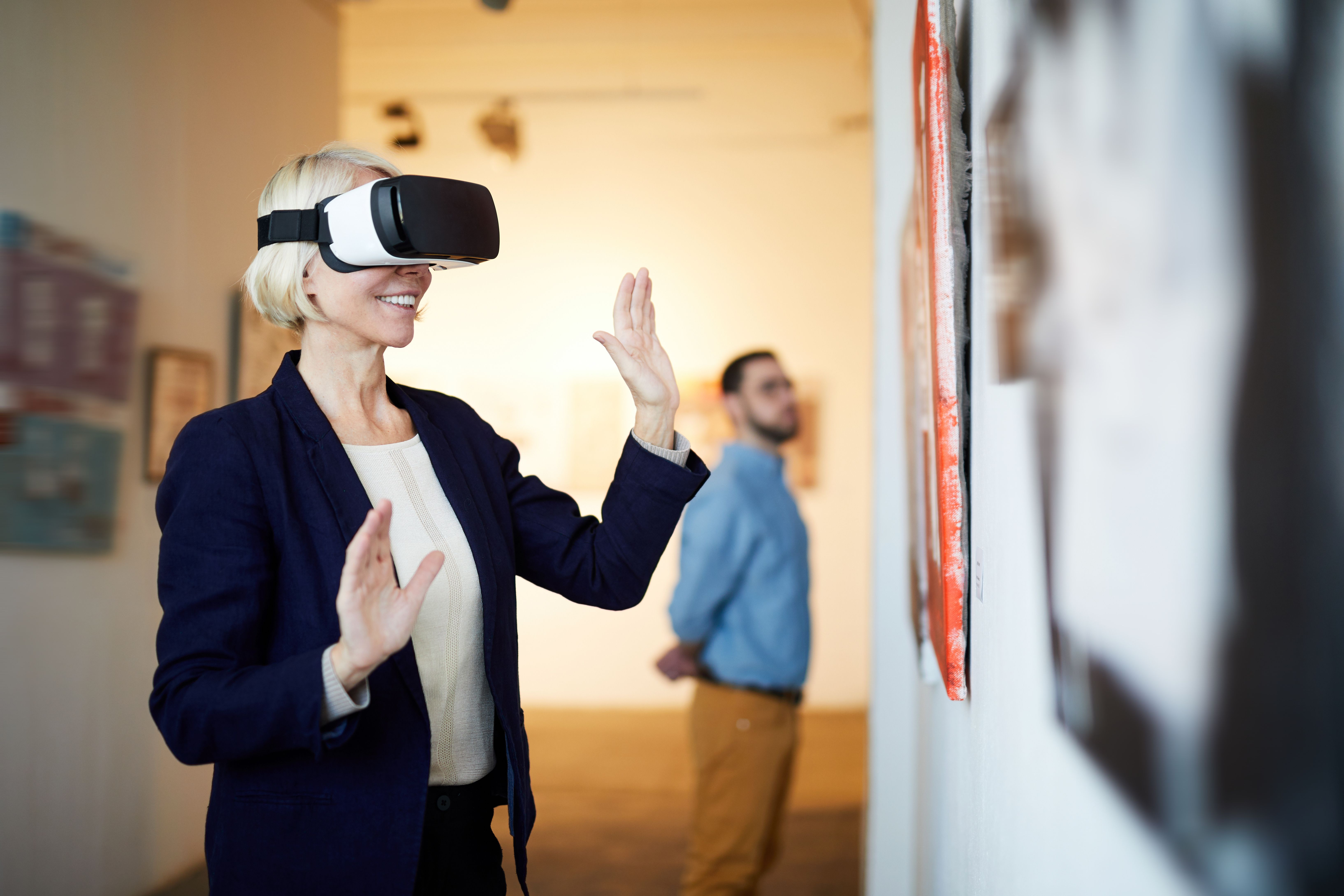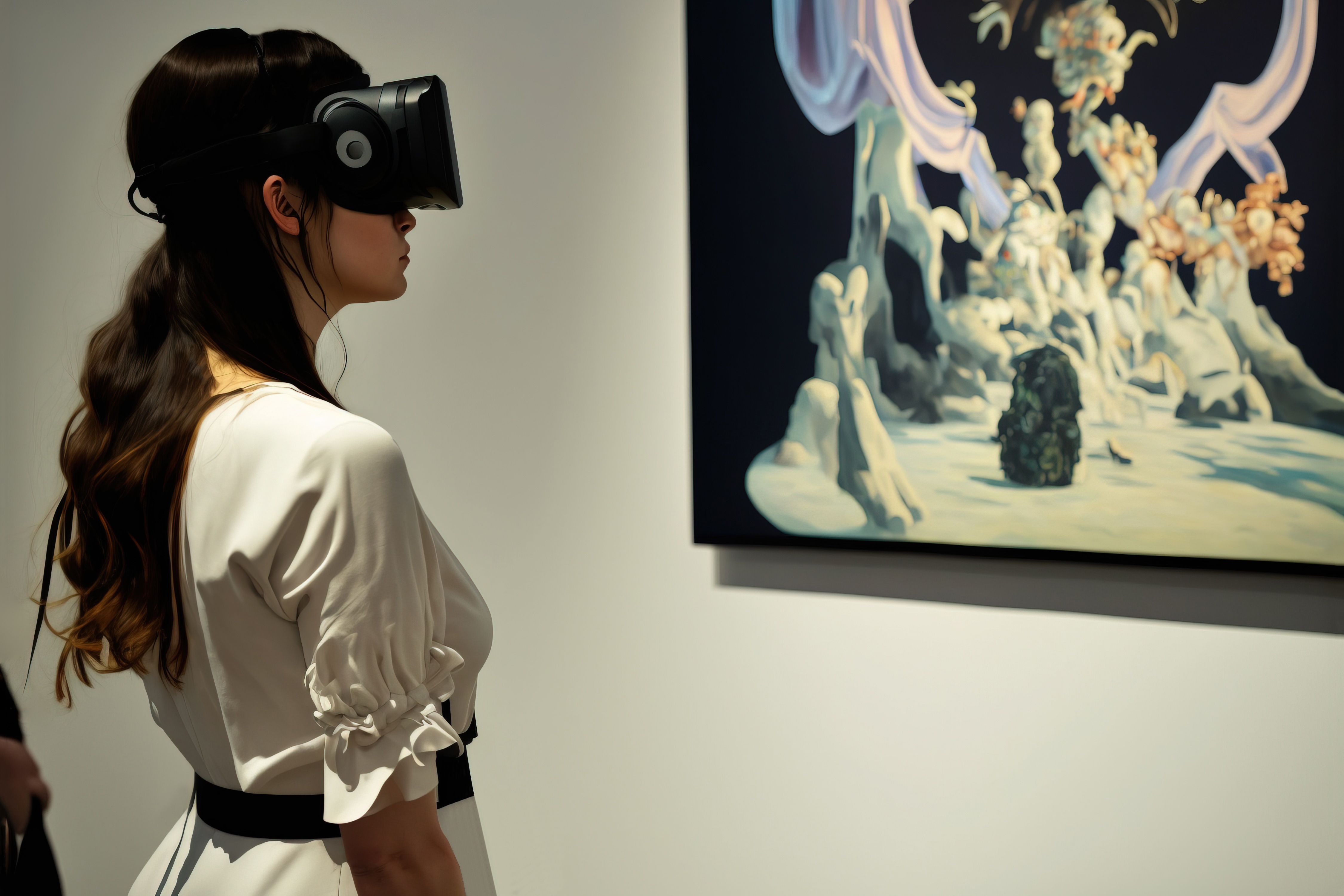Extended reality (XR) technologies have gained increased attention and use in many industries. This includes the museums, where XR technologies are being used to promote heritage and culture and increase access to museums. In this blog post, we'll explore how XR technologies can be used to promote heritage, cultural diversity, and museum experiences.
Can XR Be Used to Promote Heritage, Culture, and Museums?
With extended reality becoming more and more accessible, museums around the world are beginning to explore how this technology can be used to promote heritage, culture, and collections. But what does this mean for the museum experience?
Let's analyze how VR technology is used in museums and its effect on viewers.
Engaging Visitors with Immersive Experiences
AR technology in museums allows visitors to get an up-close view of artifacts they otherwise could not access. For example, The Natural History Museum in London has created a virtual tour of its whale history gallery that allows visitors to “walk” through the entire exhibit as if they were right there.
Similarly, The Smithsonian Arts and Industries Building (AIB) and Meta Immersive Learning created a first-person simulation of men walking the moon with a Meta Quest 2 VR headset. This experience is helping to engage visitors in ways that traditional museum visits cannot.
Preserving Heritage Through VR Technology
In addition to engaging museum visitors, VR is also being used by museums to preserve heritage and culture in ways that go beyond just displaying artifacts.
For instance, archaeologists from the UK and the US are experimenting with VR and AR to recreate historic sites and preserve great ruins in digital format before they're lost. This allows people to experience these sites from anywhere in the world while also preserving them for future generations.
Creating Educational Opportunities Through Virtual Reality
Museums are also using VR technology as an educational tool. For example, some institutions are creating interactive games based on their collections that allow children (and adults!) to learn about history or science in an enjoyable way.
Some museums are providing virtual field trips or tours for students who cannot visit the museum in person, whether it be because of financial reasons or accessibility issues. This allows everyone to experience the museum, regardless of location.
The Smithsonian National Museum of Natural History currently features multiple virtual tours, including the Hall of Fossils, Insect Zoo, Seamonsters Unearth, and Objects of Wonder.
How Can XR Enhance the Appreciation of Cultural Diversity Globally?
In a world that is becoming increasingly interconnected, appreciating the differences between cultures has become ever more vital.
XR technologies are opening up new ways to experience and explore cultural diversity, allowing people to gain deeper insights into the history, traditions, and values of cultures other than their own.
This is how XR can help us better appreciate cultural heritage worldwide.
Immersive Experiences Around Culture
XR technologies allow people to immerse themselves in virtual experiences, which gives them a deeper understanding of different cultures.
For example, by using VR, travelers can go around the world without ever leaving their homes — visiting famous landmarks like Machu Picchu or even experiencing what it was like for ancient civilizations by exploring recreations of their environments.
This type of immersive technology also offers a great way for educators to bring history and culture lessons to life through interactive experiences. Appreciation of cultural diversity is enhanced today thanks to technology.
Connecting with New Cultures
XR also offers new opportunities for people to connect with each other across cultural boundaries in meaningful ways.
For instance, VR allows two or more people in different locations to interact in an immersive virtual environment. This could be used effectively for businesses or educational institutions to bridge cultural divides and foster collaboration between members of different societies.
Also, this technology could be used by individuals as a way to learn about new cultures in the same fashion as archaeologists.
Exploring Real-World Locations
Finally, XR can be used to explore real-world locations from all over the globe. Today, AR apps allow users to explore certain locations more deeply than before, providing information about local landmarks and attractions they may have missed out on.
This kind of technology is particularly useful when traveling abroad and interacting with diverse cultures, as it can help travelers, anthropologists, and scholars get around unfamiliar cities more easily. They can even find hidden gems they may not have known existed before.
Takeaway
In conclusion, VR and AR technologies are having a significant impact on the way we experience and learn about different cultures. These immersive experiences allow us to connect with new cultures in meaningful ways while also providing opportunities for collaboration between members of different societies.
Likewise, XR technologies are helping us explore real-world locations from all over the globe more easily than ever before. We can expect these innovative technologies to continue playing a major role in how we appreciate cultural diversity globally.
Have you explored different cultures than your own through AR or VR?


